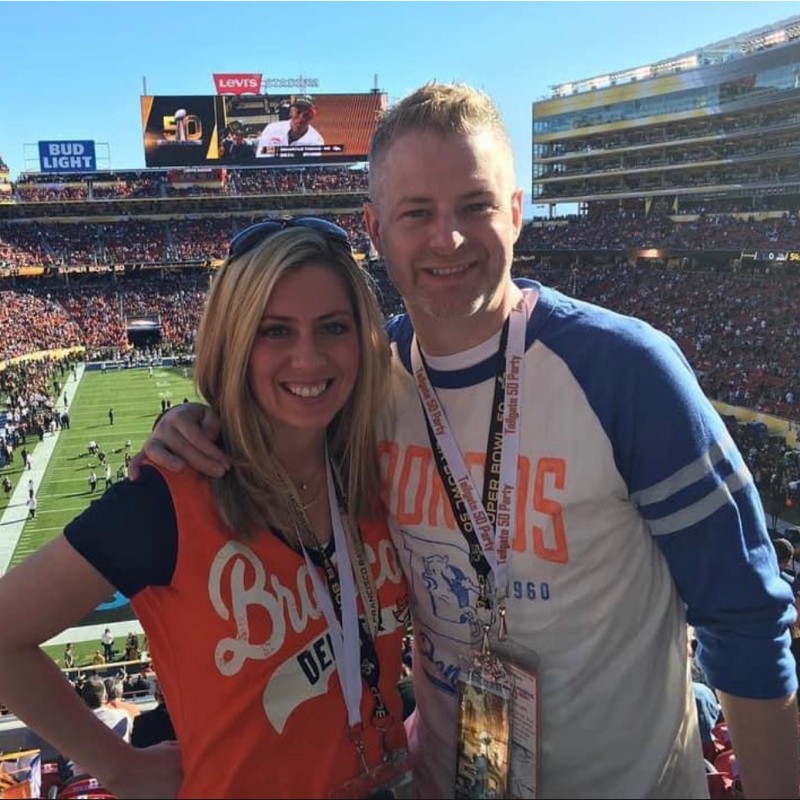Did Joseph Smith use Seer Stones for treasure hunting?
Joseph Smith never denied that he used his (Joseph Smith’s) seer stones to try to find lost treasure. In fact, later in his life, Smith addressed various questions about Mormonism and its beliefs in a publication called the Elders’ Journal. One of the questions was “Was not Jo Smith a money digger” and the response was “Yes, but it was never a very profitable job to him, as he only got fourteen dollars a month for it.”
Smith was employed on a number of digs around Palmyra where he used seer stones to look for buried treasure. The most famous instance of Smith’s treasure digging happened while he was employed by a man named Josiah Stowell. Stowell had hired Smith and his father to search for a Spanish silver mine that Stowell believed was on or near his land. After less than a month in the employ of Stowell, Smith encouraged Stowell to stop searching.
This instance of treasure digging became widely known because Stowell’s nephew, Peter Bridgeman, filed a lawsuit against Smith. The lawsuit accused Smith of pretending to have skill in discovering lost items, which under New York State law, made Smith a “disorderly person.” Official records of the case do not exist, but it appears that Smith was acquitted of the charge because Stowell testified on behalf of Smith’s abilities with seer stones.
When Smith first saw the gold plates, he wanted to use them for their monetary value (JS-H 1:53). Because of this desire, he was prevented from obtaining gold plates by the angel Moroni for four years. After waiting and maturing for four years, Smith recorded that he was allowed to take the plates to translate them with the Urim and Thummim and Mormon seer stone (JS-H 1:59).
Joseph Smith was not allowed to show the gold plates to anyone, except those whom God commanded, and never in exchange for anything, such as money or favors. Smith never used the gold plates to earn any money. In fact, Smith was only able to publish his translation of the gold plates, now called the Book of Mormon, with money that he borrowed from a friend, Martin Harris.
References
- Joseph Smith, “Questions and Answers,” Elder’s Journal (July 1838), 42–44, accessed May 1, 2024, https://www.josephsmithpapers.org/paper-summary/elders-journal-july-1838/10.
- Bushman, Joseph Smith: Rough Stone Rolling, 147-148.
- Bushman, Joseph Smith: Rough Stone Rolling, 155-157; “Joseph Smith’s 1826 Trial,” The Church of Jesus Christ of Latter-day Saints, accessed May 1, 2024, https://www.churchofjesuschrist.org/study/history/topics/joseph-smiths-1826-trial?lang=eng.
- Michael Hubbard MacKay and Gerrit J. Dirkmaat, From Darkenss unto Light: Joseph Smith’s Translation and Publication of the Book of Mormon (Salt Lake City: Religious Studies Center, 2015) 183-187.


